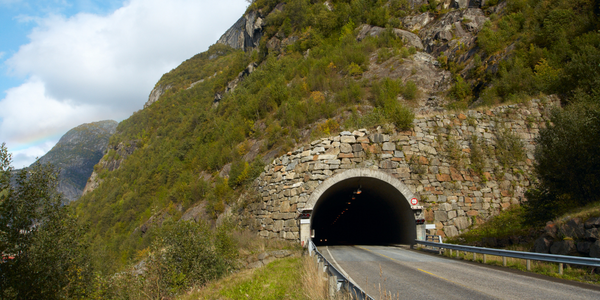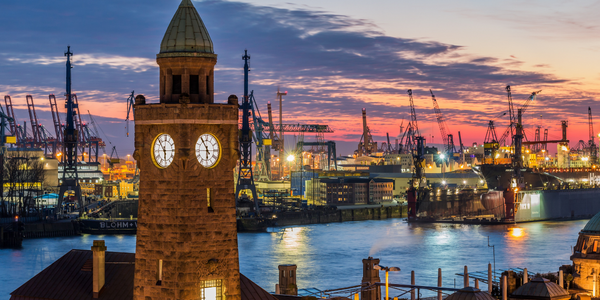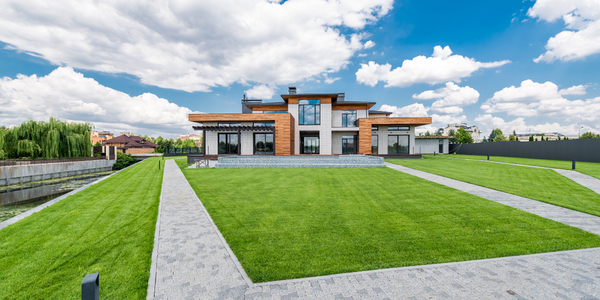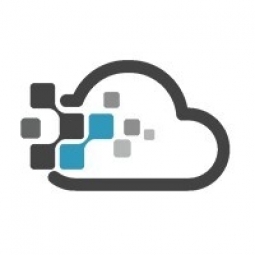Technology Category
- Infrastructure as a Service (IaaS) - Hybrid Cloud
- Sensors - Temperature Sensors
Applicable Industries
- Cement
- Construction & Infrastructure
Applicable Functions
- Maintenance
- Product Research & Development
Use Cases
- Construction Management
- Infrastructure Inspection
Services
- Cloud Planning, Design & Implementation Services
- System Integration
About The Customer
Brother Industries, Ltd., founded in 1908, started with sewing machine repairs and has since grown into a global business with operations in more than 40 countries and regions around the world, including Europe, the United States, Asia, the Middle East, and Africa. Despite the impact of COVID-19 on various industries, the company's sales of printer multifunction devices for SOHO and household sewing machines have remained consistent. As part of its strategy to continue growing in the highly competitive global market, Brother Industries is transitioning its internal IT infrastructure to the cloud.
The Challenge
Brother Industries, a global business with operations in over 40 countries, was seeking ways to increase growth and improve cost competitiveness in the highly competitive global market. As part of this strategy, the company decided to transition its internal IT infrastructure to the cloud. The first step in this transition was the introduction of Rescale, a high-performance computing (HPC) solution built for the cloud, to their printer development team. However, the company faced a challenge when the maintenance contract for the hardware built into their in-house developed analysis automation system, ATLAS, expired in 2019. The company was forced to decide whether to renew the contract or seek an alternative solution. Additionally, some of the analysis tools built into ATLAS required high-spec CPUs, which put pressure on the company's budget.
The Solution
To address these challenges, Brother Industries decided to build a hybrid environment that seamlessly incorporated cloud CAE into the in-house system. This required the support of a trusted partner, and the company selected ISID, a long-standing technology partner to Brother's IT department, to determine the best CAE/HPC solution for their needs. The chosen solution was Rescale, which performs computer simulations that require large amounts of machine resources on an HPC environment. With over 1000 commercial and open source applications, Rescale made it easy for Brother Industries to combine the best applications and hardware for their needs. The construction of the ATLAS and Rescale hybrid environment began in September 2019 and was completed in December of the same year, going into full operation in March of the following year.
Operational Impact

Case Study missing?
Start adding your own!
Register with your work email and create a new case study profile for your business.
Related Case Studies.

Case Study
System 800xA at Indian Cement Plants
Chettinad Cement recognized that further efficiencies could be achieved in its cement manufacturing process. It looked to investing in comprehensive operational and control technologies to manage and derive productivity and energy efficiency gains from the assets on Line 2, their second plant in India.

Case Study
IoT System for Tunnel Construction
The Zenitaka Corporation ('Zenitaka') has two major business areas: its architectural business focuses on structures such as government buildings, office buildings, and commercial facilities, while its civil engineering business is targeted at structures such as tunnels, bridges and dams. Within these areas, there presented two issues that have always persisted in regard to the construction of mountain tunnels. These issues are 'improving safety" and "reducing energy consumption". Mountain tunnels construction requires a massive amount of electricity. This is because there are many kinds of electrical equipment being used day and night, including construction machinery, construction lighting, and ventilating fan. Despite this, the amount of power consumption is generally not tightly managed. In many cases, the exact amount of power consumption is only ascertained when the bill from the power company becomes available. Sometimes, corporations install demand-monitoring equipment to help curb the maximum power demanded. However, even in these cases, the devices only allow the total volume of power consumption to be ascertained, or they may issue warnings to prevent the contracted volume of power from being exceeded. In order to tackle the issue of reducing power consumption, it was first necessary to obtain an accurate breakdown of how much power was being used in each particular area. In other words, we needed to be able to visualize the amount of power being consumed. Safety, was also not being managed very rigorously. Even now, tunnel construction sites often use a 'name label' system for managing entry into the work site. Specifically, red labels with white reverse sides that bear the workers' names on both sides are displayed at the tunnel work site entrance. The workers themselves then flip the name label to the appropriate side when entering or exiting from the work site to indicate whether or not they are working inside the tunnel at any given time. If a worker forgets to flip his or her name label when entering or exiting from the tunnel, management cannot be performed effectively. In order to tackle the challenges mentioned above, Zenitaka decided to build a system that could improve the safety of tunnel construction as well as reduce the amount of power consumed. In other words, this new system would facilitate a clear picture of which workers were working in each location at the mountain tunnel construction site, as well as which processes were being carried out at those respective locations at any given time. The system would maintain the safety of all workers while also carefully controlling the electrical equipment to reduce unnecessary power consumption. Having decided on the concept, our next concern was whether there existed any kind of robust hardware that would not break down at the construction work site, that could move freely in response to changes in the working environment, and that could accurately detect workers and vehicles using radio frequency identification (RFID). Given that this system would involve many components that were new to Zenitaka, we decided to enlist the cooperation of E.I.Sol Co., Ltd. ('E.I.Sol') as our joint development partner, as they had provided us with a highly practical proposal.

Case Study
Splunk Partnership Ties Together Big Data & IoT Services
Splunk was faced with the need to meet emerging customer demands for interfacing IoT projects to its suite of services. The company required an IoT partner that would be able to easily and quickly integrate with its Splunk Enterprise platform, rather than allocating development resources and time to building out an IoT interface and application platform.

Case Study
Bridge monitoring in Hamburg Port
Kattwyk Bridge is used for both rail and road transport, and it has played an important role in the Port of Hamburg since 1973. However, the increasing pressure from traffic requires a monitoring solution. The goal of the project is to assess in real-time the bridge's status and dynamic responses to traffic and lift processes.

Case Study
Bellas Landscaping
Leading landscaping firm serving central Illinois streamlines operations with Samsara’s real-time fleet tracking solution: • 30+ vehicle fleet includes International Terrastar dump trucks and flatbeds, medium- and light-duty pickups from Ford and Chevrolet. Winter fleet includes of snow plows and salters.








